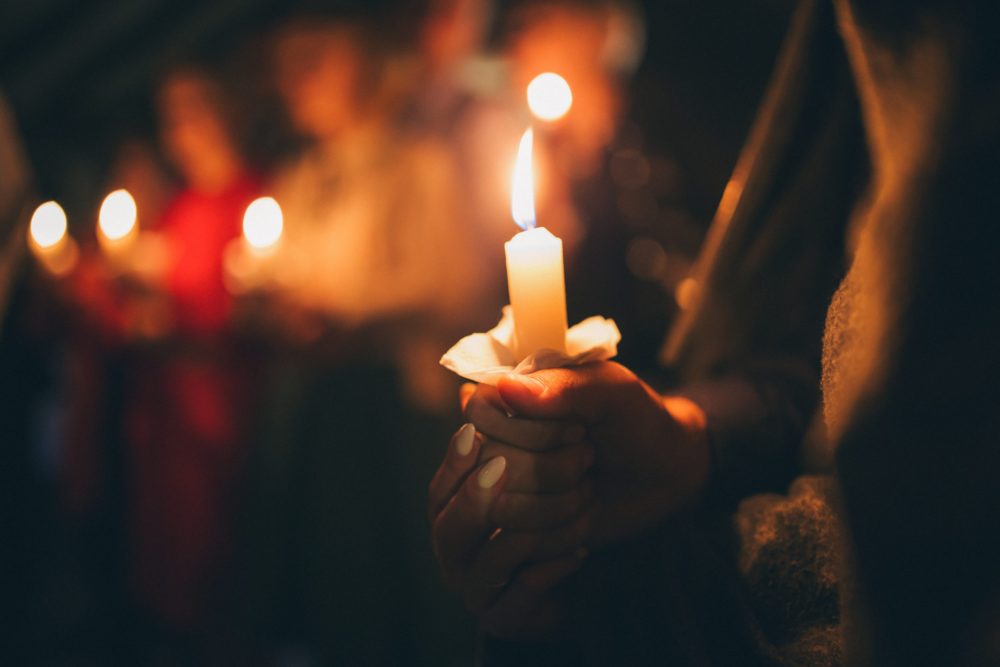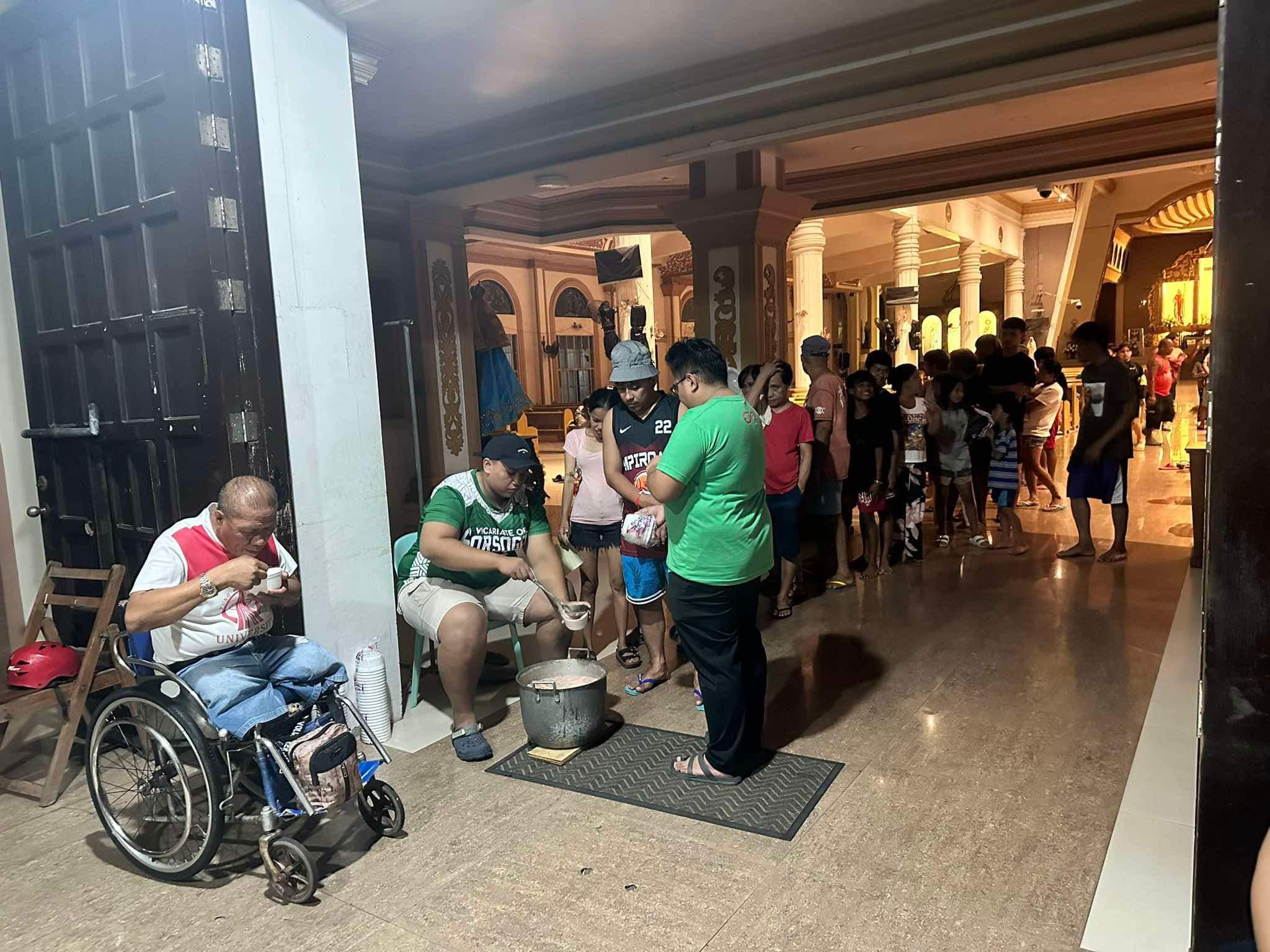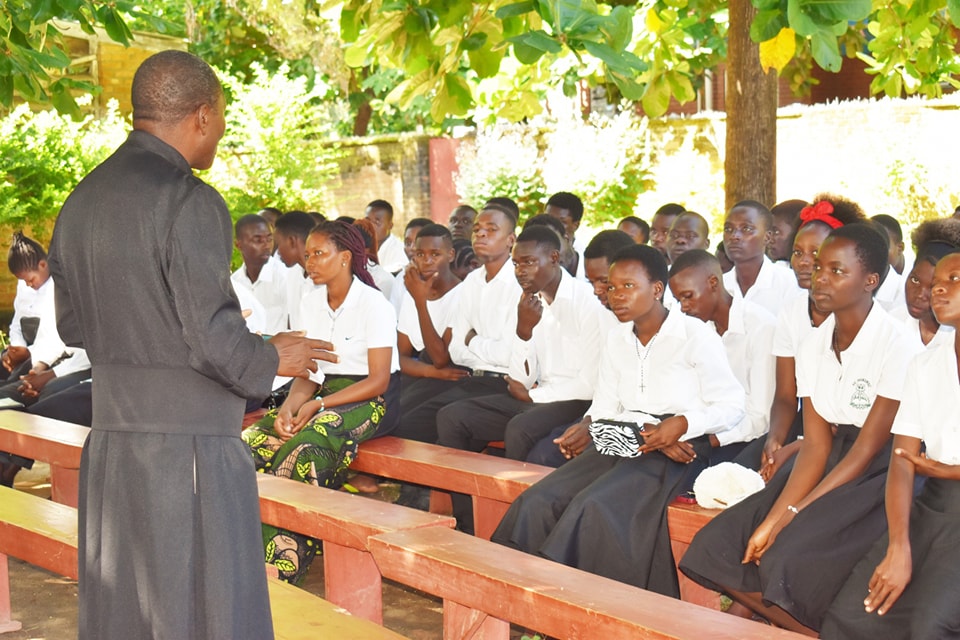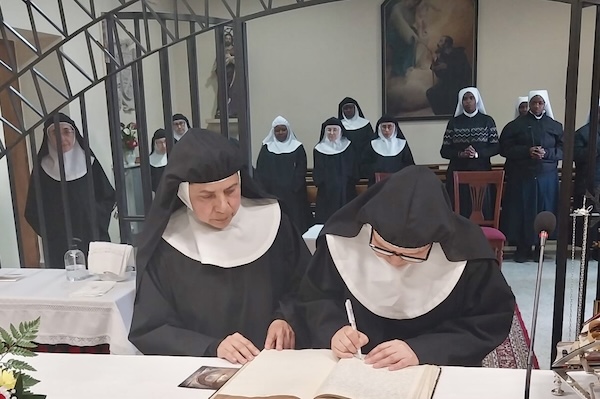Enrico Finotti
We enthusiastically celebrated the Vigil of the Assumption… Every year we experience the same difficulty: we would like a short Vigil Mass and it is not clear why this long ‘function…’
A group of devotees of the liturgy
The “fast”, the “vigil” and the “feast” are three intrinsically related elements in the oldest liturgical tradition of the Church. The crisis of even one of these passages greatly damages the symbolic strength and spiritual efficacy of Christian life and witness.
“The Church was born in the night” the primitive liturgical practice seems to say. In fact, prolonged listening to the word of God, the singing of the psalms and the celebration of the sacraments took place in the nocturnal time of the Sunday vigil and above all of the great vigils, first of all, the Easter vigil. To remove the “vigil” is to deprive the Church of an original note to which it owes her first vital steps. From the nocturnal vigil, the glorious events of the public and diurnal witness of the centuries of the triumph of faith are born. It is, therefore, no coincidence that the Church continues to consider the Easter Vigil as the summit of the entire liturgical complex and the source of all its solemnities.
Despite this solid and indisputable tradition, today we are witnessing the crisis of the liturgical vigil and, curiously, only of this one, because our age is also the age of “lay vigils”. Think of Saturday nights, of the great nocturnal events of entertainment and culture, of the intense rhythm of life boldly pushed into the hours of the night. The “marches” with torchlight procession for the most varied purposes are not uncommon. Do they not in some way “imitate” the ancient liturgical nocturnes?
It seems, therefore, that only the Christian vigil, celebrated in prayer, has become problematic. It would be enough to observe with how much difficulty the holy nights of Christmas and Easter are now celebrated. The rites are anticipated, for pastoral reasons it is said, but to then allow the faithful to stay up late for the games and entertainment of a profane life. Only the “nights of God” are in crisis, not the “nights of man”, which instead grow out of all proportion.
When the Church in her Tradition offers a form of “Vigil Mass” it reminds us of that “epic” period in which this vigil was truly fulfilled, sufficiently protracted into the night, sometimes until dawn, when the celebration of the divine Sacrifice was proceeding.
Well, Vatican II has offered us the possibility of a true liturgy of vigil in the night that precedes some great solemnities. Why not correspond in that regard? Of course, we cannot wait for the mass of the people, but there will certainly be those valid faithful who, if summoned and well prepared, will be able to resume the holy vigil and offer to God the sacrifice of sleep, permeated with vigilance, meditation and praise. Such initiatives would awaken in the Christian people that sense of expectation of the Lord (eschatological sense), which precisely with the collapse of the vigil seems to have been shipwrecked in the conscience of faith of the people of God.
Moreover, the protracted celebration of the Vigil of the Assumption, which extends the vigil Mass in force according to the rules of the liturgical tradition, allows the Christian communities, who deem it appropriate, to prepare themselves with the unsurpassed genius of the “Fathers” for the great solemnity of the Assumption.
(From La spada e la Parola. Il liturgista risponde, 2018©Chorabooks. Translated by Aurelio Porfiri. Used with permission of the publisher. All rights reserved)


 Follow
Follow


